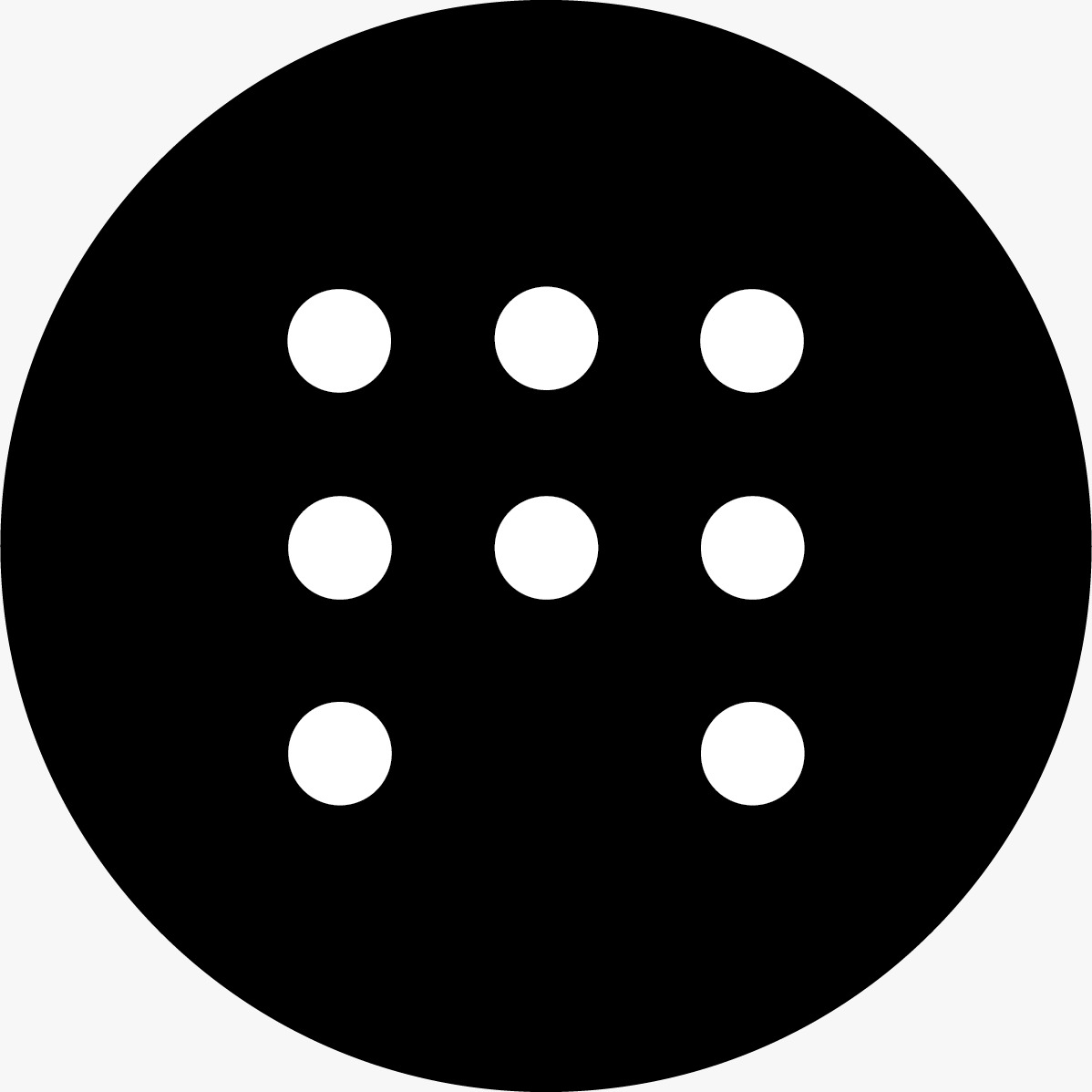Client Onboarding: Where Lead Quality Meets Real Conversion

The moment a potential client reaches out, a new process begins, one that determines whether interest turns into trust, and trust into meeting. For many design firms, this is where momentum is lost. Without structure, follow-ups become reactive, conversations drift, and valuable opportunities fade quietly.
Client onboarding restores order to this phase. It brings structure, professionalism, and rhythm to how inquiries are handled, ensuring that each step, from first response to confirmed meeting, reinforces confidence in the firm’s competence and intent.
The First Impression
Momentum is fragile at the start of any relationship. How a firm manages the first interaction defines how it will be perceived throughout the engagement. A strong onboarding system anchors this early stage through:
- Rapid Acknowledgment: Responding while attention is high to establish presence and reliability.
- Clarity in Communication: Offering a concise, informative first reply that signals professionalism and control.
- Expectation Alignment: Using the initial conversation to understand project needs, scope, and feasibility before moving forward.
These early actions prevent drop-offs, build assurance, and create a natural path toward commitment.
Building Confidence
Clients decide faster when uncertainty is removed. Structured onboarding helps reduce ambiguity by offering visible signals of process and transparency:
- Preliminary Quotations: Giving prospects a clear sense of financial scope early in the dialogue.
- Early Visual Cues: Sharing preliminary mood boards or references to convey direction and aesthetic understanding.
- Sustained Nurturing: For slower decisions, providing thoughtful content, ideas, insights, or design perspectives to keep interest active without pressure.
Each touchpoint adds credibility and deepens alignment. The client feels guided, not persuaded.
Onboarding as Design Practice
At its core, client onboarding mirrors the logic of good design. Clear process, thoughtful sequencing, and respect for time and context. It’s the moment where operational order meets relationship-building, where every interaction reflects the discipline of the studio behind it.






